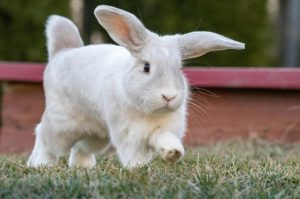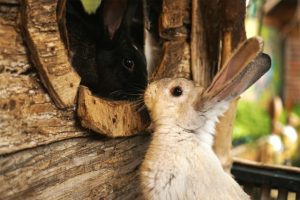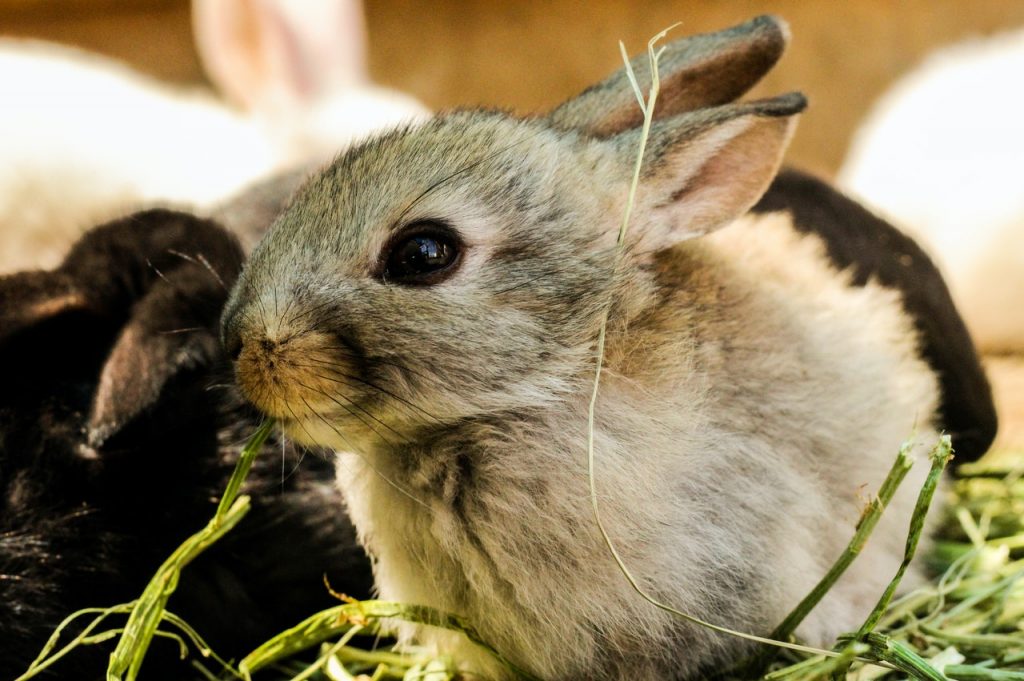
Contents
A rabbit’s eyes are the most important asset they have in order to protect themselves from predators. However, the eyes are also the most common place where a rabbit will have problems. This means that eye problems in rabbits are a dangerous problem! They need to be dealt with as quickly as possible so that there is no permanent damage.
Sadly though, due to the anatomy of their eyes, rabbits are prone to a variety of eye issues. We must also remember that rabbit’s have a blind spot directly in front of them. With their eyes situated on either side of their face, they are unable to see directly in front.
Conjunctivitis
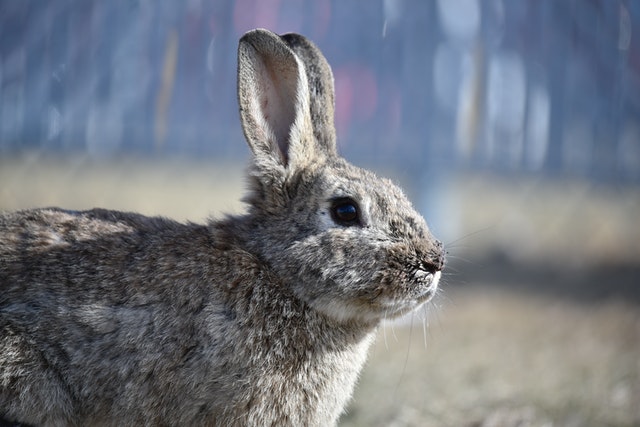
Conjunctivitis is one of the most common eye problems for a rabbit. Conjunctivitis is also known as ‘Pink eye’ in rabbits. The pink fleshy tissue around the eye is the part that is affected by conjunctivitis. The tissue becomes inflamed and infected.
The reason that conjunctivitis is so common is because it can be picked up from a dirty cage, a litter box, dirty water or just a dirty environment. If a rabbit likes to hang out in certain areas that are dirty, it is possible that they will pick up bacteria.
Bacteria can be responsible for your rabbit and it could also be a viral infection. Viral infections can lead to myxomatosis. This can lead to head and genital swelling that can lead to fatalities. When you are one of the first visits with your vet, your rabbit will be given a vaccination against this myxoma virus. Bacteria live all over the skin. All bacteria multiplies and could cause a lot of issues.
There could be a number of reasons that conjunctivitis can happen. There are also parasites that live around your rabbit cage, parasitic infections can lead to much more serious issues. This could lead to inflammatory diseases that lead to damage to the kidneys, eyes or brain.
Foriegn bodies, particles of dirt, grass and seeds can get into his eyes. When a rabbit rubs his eye trying to get the particle out, this can cause damage or further injury.
If dental care is not taken routinely, infected teeth can cause infection that drains from the sinuses to the tear ducts, inflammation and abscesses can develop and cause further injury.
Your veterinarian will have to be the one to diagnose conjunctivitis. He or she will then be able to give your rabbit an ointment or eye drops.
Corneal Ulcers
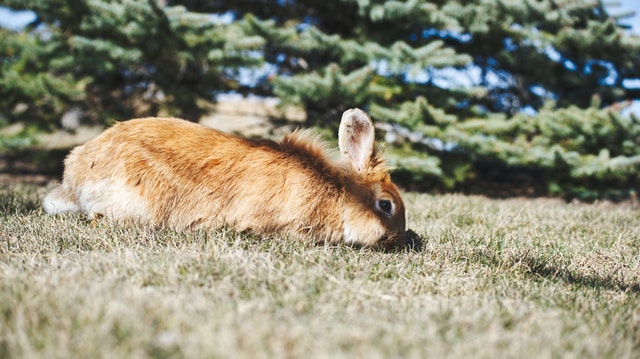
Sometimes, when a rabbit is playing he or she can damage his cornea. The cornea is the clear covering over the eye. Damage to this part of the eye can create an inflamed and infected sore on the eye itself.
The signs of the damaged eye could be, pawing at the eye, drainage such as mucus or pus draining, the tissue is red and inflamed. Your rabbit will likely keep his eye closed all the way or at least most of the way.
Your rabbit should be taken to the veterinarian as quickly as possible. The cornea is a clear film, which also means that an ulcer could be hard to detect on it. The vet will need to use a special light.
Typical treatment for a corneal ulcer would include antibiotics, pain medication and other medicines to help speed up the healing. The treatment can last from a week to maybe even a month. If the ulcer is severe, the veterinarian may recommend surgery to fix the issue.
Blocked Tear Ducts
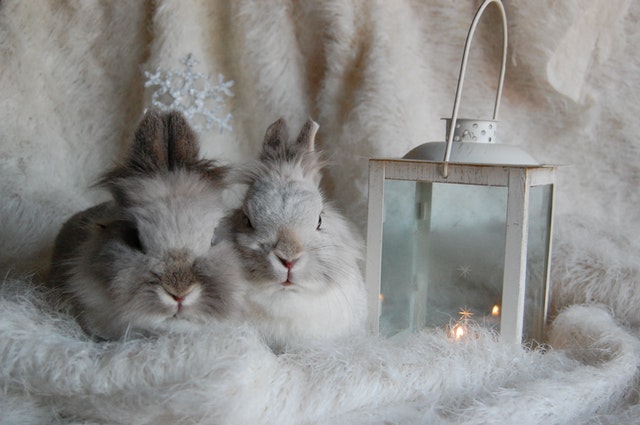
The tear duct is a tube shaped organ that runs from the eye to the nasal cavity. This tear duct in turn, helps to drain excess tears from the eye. Even for humans it is an important part of your body. Think about it, when you cry, your nose runs. That runny nose is the same in rabbits, it is excess tears.
There are a number of issues that can cause this problem. Dental issues, trauma, infections and even inflammation can be the root of the problem. When a tear duct is blocked or irritated, this will lead to drainage, crustiness and discharge from the eye.
Your vet may first recommend trying a warm damp cloth on the eye, the vet himself will use a warm saline solution to the eye in hopes that it will unblock the tear duct. Anti-inflammatory medication, antibiotics and possibly pain medication will be prescribed by the vet to assist in the healing process.
The rabbit may also have some dental problems, such as long roots, cavities, abscess or other issues that will need to be addressed before the tear duct will drain properly.
Cataracts
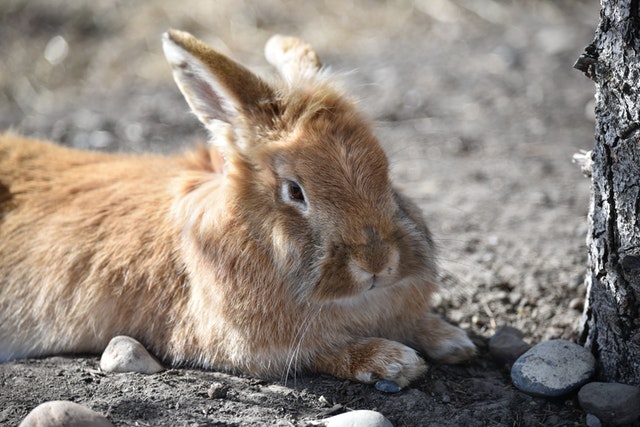
Cataracts are easy to determine if there is a possibility that your rabbit has the condition. A cataract is a cloudy, whitish layer that covers one or both eyes. The most common causes of developing cataracts include a poor diet, genetics or diabetes. Young rabbits can end up with a cataract passed down from the mother to their young before their birth.
Surgery can and should be performed to remove the cataract from the eye. The cataract can cause temporary or permanent damage to the rabbit’s eye. A rabbit is able to adapt quite quickly to the issue.
A benefit of surgically removing the cataract is that it can prevent glaucoma from happening to your rabbit. Glaucoma is medically considered, immense pressure in the eye itself. This can happen if the cataract develops a slight tear and pulls the lens away from the eye. The intense pressure and blockage puts pressure on the retina and can cause total blindness in your furry friend.
Rare Issues
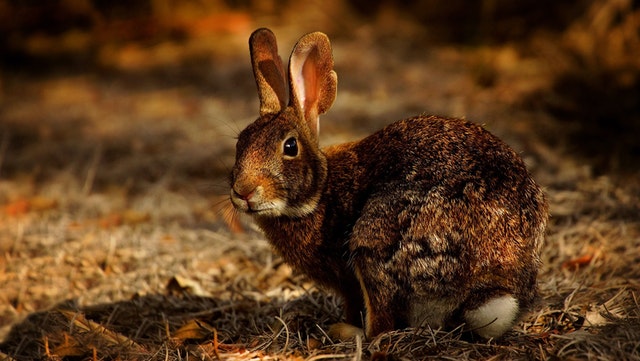
There are a few rare issues that can happen to your rabbit's eyes. One of these is Iris Prolapse. This happens when the eye has a protruding iris. You will be able to see this as a lump that sticks out through the cornea. This issue is highly rare, but it should be treated while the issue is still in the early stages for treatment to be effective.
Eye Proptosis is when the rabbit's eyeballs are bulging. This will physically be the eyeballs popping out of your rabbit’s eye sockets. There are multiple possibilities as to why this could happen to your rabbit. Some are more severe than others. There could be a tumor or an abscess, there could be a skull and eye deformity, or a head and eye socket deformity.
Some rabbits have experienced this condition when under extreme stress, through severe dental issues or physical injury to the head or the eyes. Treatment will depend on a complete examination, and the veterinarian will likely want to runs some tests, such as X-rays and even CT scans. Some vets will check every possible test to determine what the issue is, where it stems from and what they can do for your rabbit.
If you have chosen a highly trained and knowledgeable vet for your rabbit, you can rest assured that he or she will do what they can do to help your friend. There is never a time that you should hold off taking your rabbit to the vet, especially if you suspect something is wrong. In times when you can see there is an issue, this can be described in detail, and then you will be told what is possible to help until you can make it into your vet as quickly as possible.
As always it is best to contact your veterinarian at the first sign of ANY issue. Only the vet will be able to properly determine what the issue is, what the cause is and what treatment is necessary to help your floppy eared friend. Medical and dental issues can lead to many more, much more serious conditions if left unattended. Your rabbit is your family, you should treat it just as you would someone close to you in your family.
Try To Avoid Rabbit Eye Issues
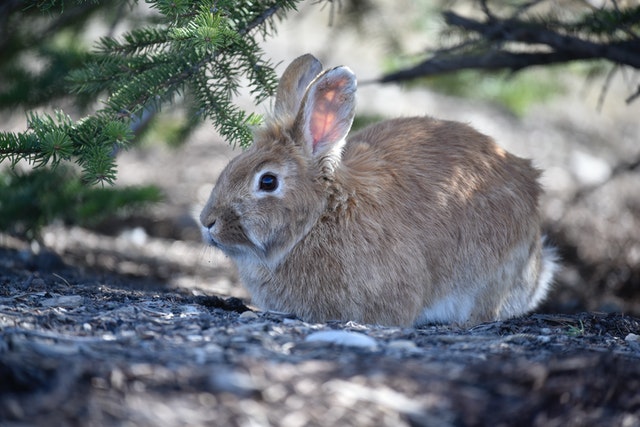
There is no way to completely avoid your rabbit having eye problems. They will happen, even if you follow all the suggestions given. However, following these will help you keep your rabbit’s eyes as healthy as possible.
- Keep his cage or hutch clean. If this means you need to clean it every day, then do so. Swap out the dirty blanket for a clean one each day. Keeping clean outdoor cages, clean water available and any area that your rabbit is in will reduce the chances of eye problems.
- If and when you take the rabbit out of his or her cage, take precautions to protect your bunny’s eyes.
- If you happen to see your rabbit trying to rub his or her eyes, call your veterinarian as soon as you can. This is a sign that something is wrong.
- When your rabbit is taken out of the cage to play, remove any twigs, sticks or objects that could hurt your rabbit.



